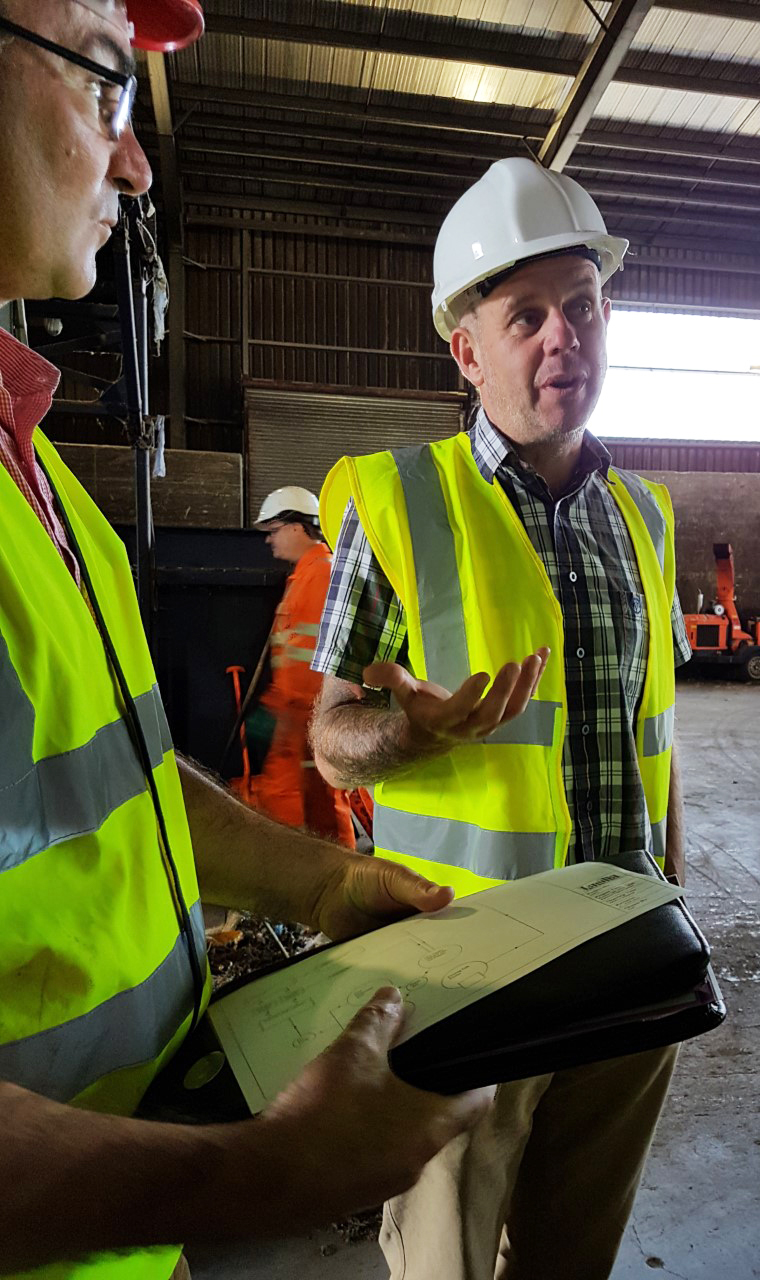Salmon waste success with new Landia pasteuriser

Scottish farm’s pasteurisation process powers national grid
With aquaculture production sites widely dispersed throughout remote parts of Scotland’s Highlands and Islands, handling fish waste collection and treatment is always going to be difficult … or is it?
Not content with being at the thin end of the wedge, the Isle of Lewis is leading by example with its Creed Integrated Waste Management Facility (IWMF), located just outside Stornoway. Owned and operated by Comhairle nan Eilean Siar (CnES), the local authority for the Western Isles, the manager and his team at this progressive plant believe firmly in continuous improvement, optimising the methods of managing waste from the island’s population of approximately 22,000.
Most recently, through careful planning and no shortage of patience, Creed also now features the equipment required to take in and process seven tonnes per shift of salmon waste. As David Macleod, Head of Municipal Services at CnES, explains: “We always had an eye on how we could use fish waste, but before we could invest in equipment, we needed commitment and guarantees from the fish companies about continuity of supply.
“We did our homework and our Plant Manager, Donnie MacMillan, visited installations in Scotland to find out about their experiences. Buying a good quality pasteuriser – not too big or not too small – would enable us to meet ABP (Animal By-Product) regulations, which require the waste to be treated for one hour at 70°C.”

Donnie Macmillan (right), Plant Manager, with Landia’s Paul Davies
Determined to make it work
MacMillan said: “We spent a long time looking at different pasteurisers and had the benefit of seeing working sites where we were given ‘warts and all’ about equipment performance, reliability of suppliers, back-up and, importantly, lessons learned from mistakes made. Eventually we went for Landia, who we never heard anything bad about, and who were keen from day one to help us achieve our goals and tailor the unit to meet our needs.
“We were restricted into a very tight space by regulations that demand separation of what can be housed in so-called ‘clean’ and ‘dirty’ areas, which is rather ironic at a waste management facility – but we had no choice. The late Hugh Vaughan (from Landia) had no hesitation in coming up here to measure everything out. He was determined to make it work. We needed an ensiling tank, which effectively is a buffer/pre-treatment tank. With the space restrictions, Landia were able to provide a 10m3 unit, which sits just in front of the 8m3 pasteuriser.
“It was a very tight fit, but it worked. It had to work – we’d made a commitment to the salmon industry and unless we could keep our promise, it would mean a big financial burden. The Landia guys worked flat out from start to finish. There was no wriggle room, but they nailed it, first time”.

Prior to pasteurisation, salmon is fed into the Landia ensiling unit
Positive environmental and economic impact
Prior to their arrival in Stornoway, the Landia team had assembled the units, tested every nut and bolt, and run a trial process with water. The ensiling tank, pasteuriser and Landia personnel then left Shropshire early on a Sunday morning, with installation on the Isle of Lewis commencing 24 hours later.
The pasteurised fish waste – a 7 cubic ton batch per shift – is now integrated with household food waste and garden waste for Creed’s anaerobic digestion process, making a positive environmental and economic impact by not sending it to landfill or having it transported off the island.
To find out what Landia can do for you, contact:
Paul Davies at pd@landia.co.uk
or call 01948 661 200. www.landiaworld.com


